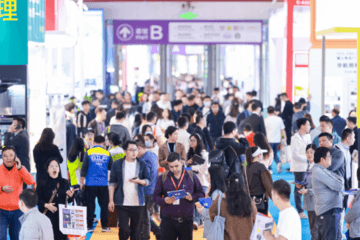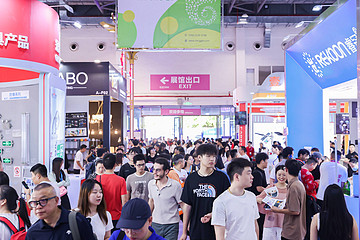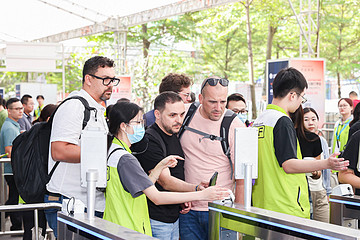Special Lamp
Machines & Processing
Design
Smart Home
Special Lamp
Machines & Processing
Design
Smart Home
There are multiple considerations that a business faces when evaluating light sources to use for horticultural lighting, including but not limited to: light intensity, spectrum, uniformity of light distribution, energy efficiency, and fixture lifespan. Horticultural lighting systems convert electrical energy into light that plants use to drive photosynthesis for growth and development, and LED-based sources can offer a spectrum tuned for the application. Still, ascertaining the efficiency or efficacy of such solid-state lighting (SSL) systems is a challenge. There are several factors that impact the overall efficiency of a lighting system, relative to the specific application at hand. This article will discuss how the design of a lighting fixture influences energy efficiency and how in turn this reality can influence the overall profitability of a controlled-environment plant growth facility.
Interested in articles & announcements on horticultural lighting?
Indeed, the efficacy with which a horticultural light fixture converts electrical energy into usable light for plant growth is critical to the success of any controlled environment plant growth facility - often called CEA (controlled environment agriculture). Fig. 1 shows a vertical farm that is one example of CEA. Realize that the efficacy consideration is necessarily far different for lighting tuned for plants compared to lighting tuned for humans.




Working Days 8:30am-5:30pm(GTM+8)
Discover the latest trends of lighting industry
 Copyright © 2025 Jiagle.com Shanghai Sinoexpo Informa Markets International Exhibition Co., Ltd. All Rights
Reserved
Copyright © 2025 Jiagle.com Shanghai Sinoexpo Informa Markets International Exhibition Co., Ltd. All Rights
Reserved 沪公网安备 31010402000543号
沪ICP备05034851号-77
沪公网安备 31010402000543号
沪ICP备05034851号-77